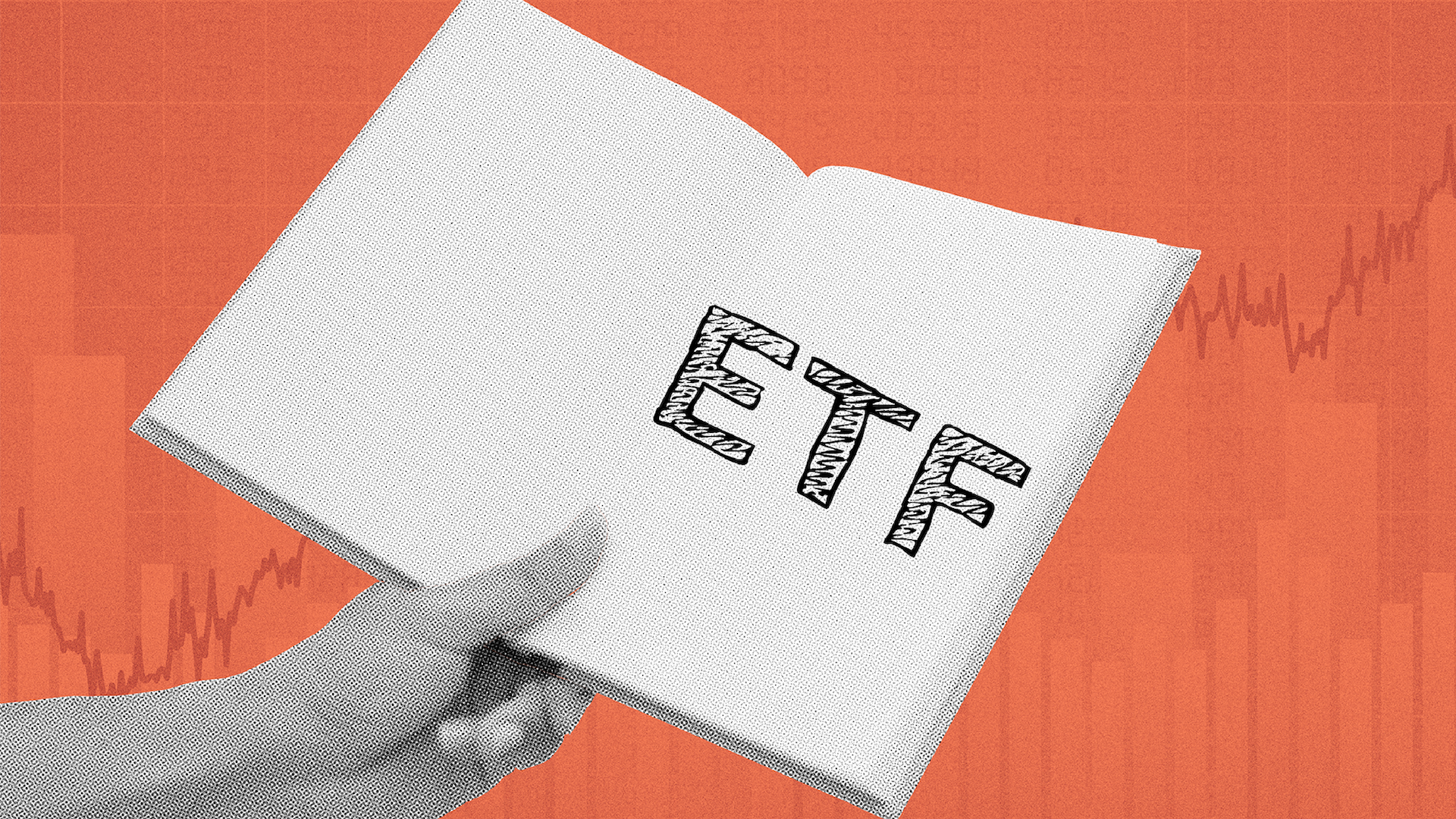What is an ETF? Explaining Exchange Traded Funds
The core-satellite investing strategy
One of the most important elements of your investment strategy is how you construct your portfolio.
One popular approach is the ‘core/satellite’ strategy, and ETFs are an efficient tool to help investors employ the method across their portfolios.
Summary
- Core-satellite investing involves an allocation to diversified investments, whether broad domestic or global exposures, which are essentially bought and held for the long term – this is known as the ‘core’ component
- Along with this ‘core’, more tactical positions are added to the portfolio as the more ‘actively managed’ portion – these positions form the ‘satellite’ component and can be, for example, specific regional or sector exposures
What are the benefits of using ETFs as a core?
Some of the many benefits of this investment approach include decreased cost and portfolio turnover, particularly if you use low-cost passive index funds (eg ETFs) as the core.
Apart from lower management costs, since the core portion of the portfolio is left alone, turnover costs are additionally reduced significantly.
Part of the reason ETFs have seen such enormous growth in popularity over recent years is that active fund managers have generally found it difficult to beat the broader market over the longer term.
Even those that do one year, find it difficult to repeat the feat the next. Having the discipline to hold a low-cost, diversified “core” exposure reduces the fee load otherwise felt when using active managers or regularly adjusting an entire portfolio, and has historically demonstrated outperformance potential vs. equivalent active managers.
For the core part of your portfolio, a diversified asset allocation is conventional wisdom. Holding multiple asset classes can help reduce the risk of poor performance in any single asset class jeopardising your entire portfolio, and can also help counter market uncertainties.
Of course, it’s useful to review your portfolio regularly and rebalance to ensure you stay in line with your original investment objectives.
There are a number of exposures within the BetaShares range that can be used as core exposures, including:
- Australian shares via QOZ FTSE RAFI Australia 200 ETF
- International shares via NDQ Nasdaq 100 ETF
- Australian fixed income via QPON Australian Bank Senior Floating Rate Bond ETF
Where do exchange traded products fit into the satellite component?
From the above, it should be clear that a low-cost ETF providing exposure to the broad market can be an excellent option for the investment ‘core’. However, it does not need to end there.
Exchange traded products (ETPs) are increasingly being used for the ‘satellite’ or tactical parts of investment portfolios as well.
Traditionally, the satellite portion has been allocated to low-correlated active managers. However, with the range of exposures expanding on the ASX, both passive and active ETPs are increasingly being used as a “satellite” tool.
For example, using ETPs to employ tactical overweight exposure to certain sectors or regions removes the pressure to pick individual stock winners, but can still provide the opportunity for outperformance.
The satellite portion of your portfolio is where you can really put a personal touch and where you may attempt to generate portfolio alpha. As mentioned earlier, ETPs allow you to take a tactical view for typically low fees, without putting all your eggs into one basket.
Some examples of potential satellite exposures from our range include our ‘Global Sector’ range, such as:
Country/region-specific exposures include:
Australian sectors include:



